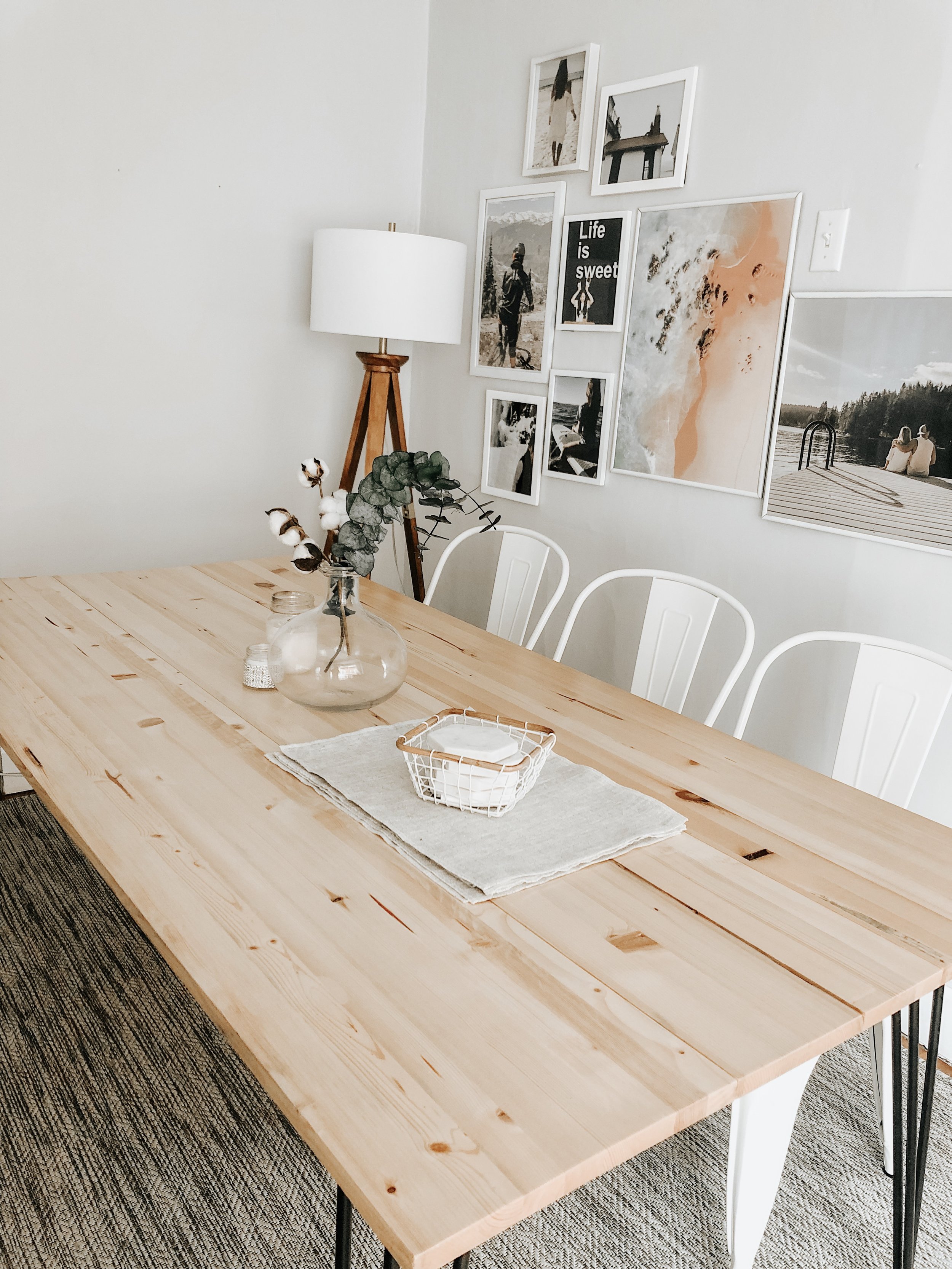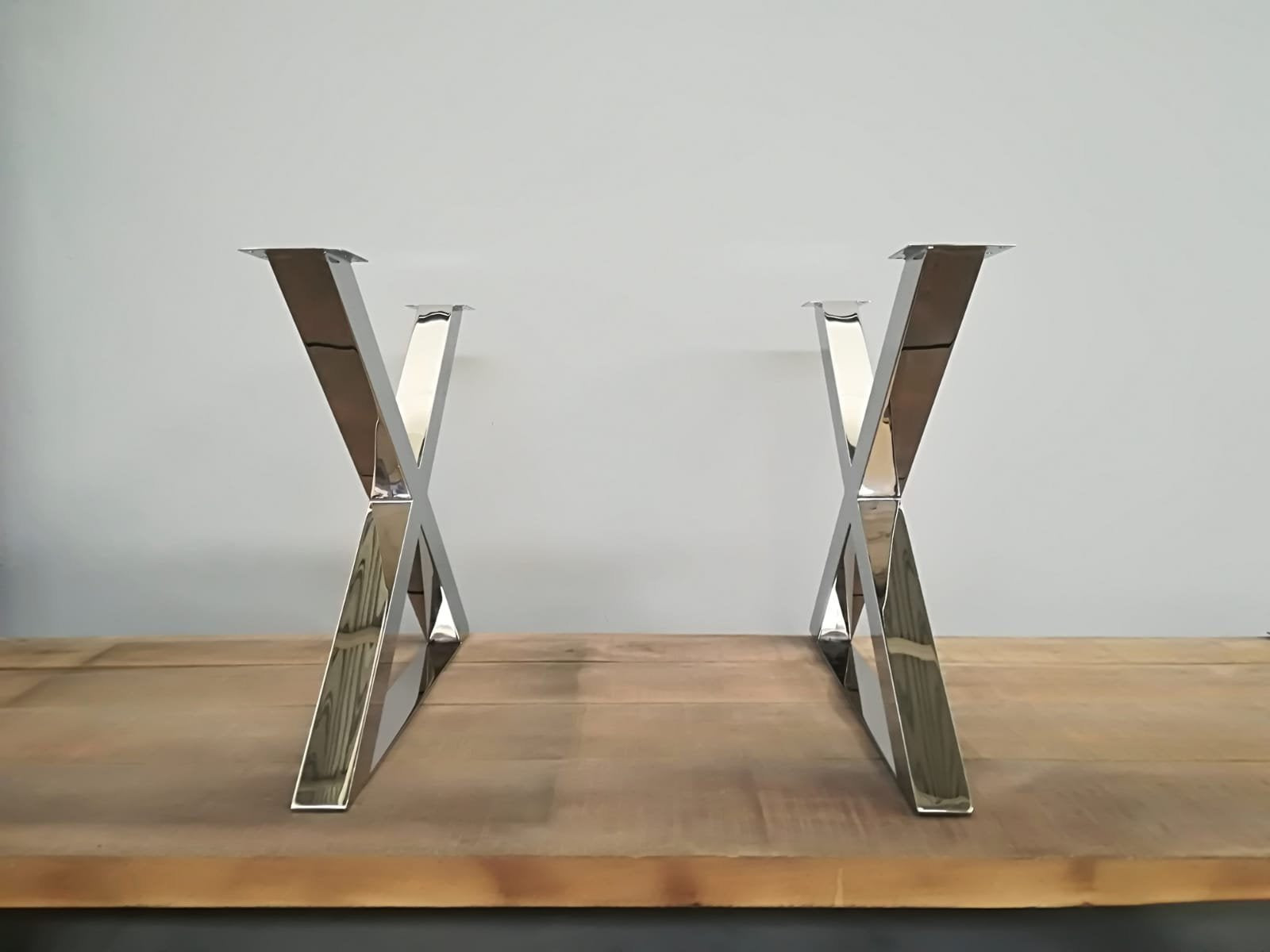Find the Ideal Dining Room Table Legs for Any Interior Design Style
Find the Ideal Dining Room Table Legs for Any Interior Design Style
Blog Article
How to Select the Perfect Dining-room Table Legs for Your Home Décor
Picking the ideal eating area table legs is a nuanced process that requires careful consideration of various components, including your room constraints, aesthetic choices, and sensible requirements. The interplay between dimensions, styles, and materials can considerably influence the setting of your dining area, making it essential to approach this decision methodically.
Assess Your Eating Area
Analyzing your dining room is critical for selecting the right table legs that enhance both aesthetic appeals and functionality. Begin by gauging the measurements of your eating area, including ceiling elevation, floor space, and proximity to various other furniture. This details will aid determine the appropriate dimension and height of your table, which directly affects the selection of table legs.
Following, consider the design and format of your dining area. An open-concept layout may benefit from table legs that use aesthetic agility, such as slender steel or acrylic options. On the other hand, an extra conventional setting may call for strong wood legs that provide a sense of permanence.
Review the existing color palette and products in your eating location. Integrating the table legs with these components develops a cohesive appearance that boosts the total style.
Inevitably, an extensive evaluation of your eating area will guide you in making an informed decision, making sure that your table legs not just improve the aesthetic appeal but additionally offer useful functions.
Consider Your Style Preferences
When choosing eating area table legs, it is necessary to assess your personal style choices, as they dramatically affect the general aesthetic of your eating space. Your choice of table legs can either complement or comparison with existing decor, making it critical to align them with your preferred interior design motif.
If your home leans towards a modern visual, think about sleek metal or minimalist wood legs that offer a tidy, clean look. For a much more typical technique, elaborate wood legs with elaborate makings can add a touch of sophistication and refinement. Industrial styles take advantage of durable, raw materials such as redeemed wood and metal mixes, showing a sturdy appeal.
In addition, farmhouse and rustic styles often favor strong, chunky legs that stimulate a feeling of heat and convenience. Conversely, if your design is eclectic, you could choose unusual shapes or a mix of materials to create visual passion.

Evaluate Material Options
The selection of product for eating room table legs plays a critical function in both resilience and aesthetic charm. Common products consist of timber, steel, and composite alternatives, each offering distinct characteristics that can influence the total look and durability of your table.
Wood is a traditional selection, recognized for its heat and convenience. Hardwoods like oak and walnut give remarkable strength and can be completed in different spots to match any type of style. Nevertheless, softwoods like yearn are much more susceptible to scratches and dents, making them much less ideal for high-traffic locations.
Metal legs, frequently crafted from steel or aluminum, exude modernity and commercial appeal. They are immune and very long lasting to use, making them suitable for families with kids or frequent gatherings (dining room table legs). In addition, steel can be completed in numerous colors, enhancing the personalization possibilities
Composite materials, such as MDF or laminate, deal cost and diverse layouts. While normally much less resilient than strong wood or metal, they can still give an elegant appearance and are often very easy to preserve.
Ultimately, the product you choose need to line up with your lifestyle, aesthetic preferences, and the degree of use your eating table will experience.
Determine Elevation and Size
Picking the appropriate elevation and size for your dining room table is crucial for both capability and comfort. The standard elevation for dining tables commonly varies from 28 to 30 inches, allowing adequate legroom for most individuals when seated. It is vital to consider the dimensions of your dining area and the types of chairs you intend to use.

In addition, consider the proportions of your dining-room. A bigger table in a large area can develop a grand ambiance, while a smaller sized table functions well in even more intimate setups. Eventually, the right height and dimension will certainly integrate with your general design and enhance the dining experience for you and your guests.
Explore Customization Possibilities

In addition, the style of news the legs can be customized to fit numerous styles, such as rustic, modern, or commercial. For example, tapered legs can stimulate a mid-century contemporary feel, while beefy, block-style legs may reverberate with conventional or farmhouse decor.
Homeowners can additionally explore shade finishes, from natural timber stains to paint, enabling them to match or comparison with the tabletop and bordering design.
In addition, leg height can be adapted to fit details seating plans or personal choices, improving both convenience and functionality.
Last but not least, distinct embellishments, such why not try these out as carvings or attractive brackets, can even more personalize the table legs, making the dining experience not simply a declaration but a dish piece in the home. By thinking about these modification choices, home owners can create a dining area table that truly shows their originality.
Conclusion
Selecting the suitable dining-room table legs calls for mindful consideration of different aspects, consisting of the dimensions of the dining space, style choices, product durability, and preferred height. Personalization alternatives further enhance the ability to achieve a cohesive aesthetic that matches the general decoration. By methodically evaluating these elements, house owners can make certain that the selected table legs not just satisfy practical needs but also contribute positively to the dining experience and ambiance of the home.
Picking the ideal dining room table legs is a nuanced procedure that calls for mindful consideration of various components, including your room constraints, aesthetic preferences, and useful demands.Analyzing your dining space is important for selecting the right table legs that complement both appearances and functionality.When identifying size, determine the area where the table will be positioned to guarantee it fits easily, enabling for at least 36 inches of clearance around the table for easy activity. A bigger table in a roomy area can develop a grand atmosphere, while a smaller table functions well in even more intimate setups.Picking the suitable dining room table legs calls for mindful factor to consider of various factors, including the dimensions of the eating room, style choices, material resilience, and wanted height.
Report this page